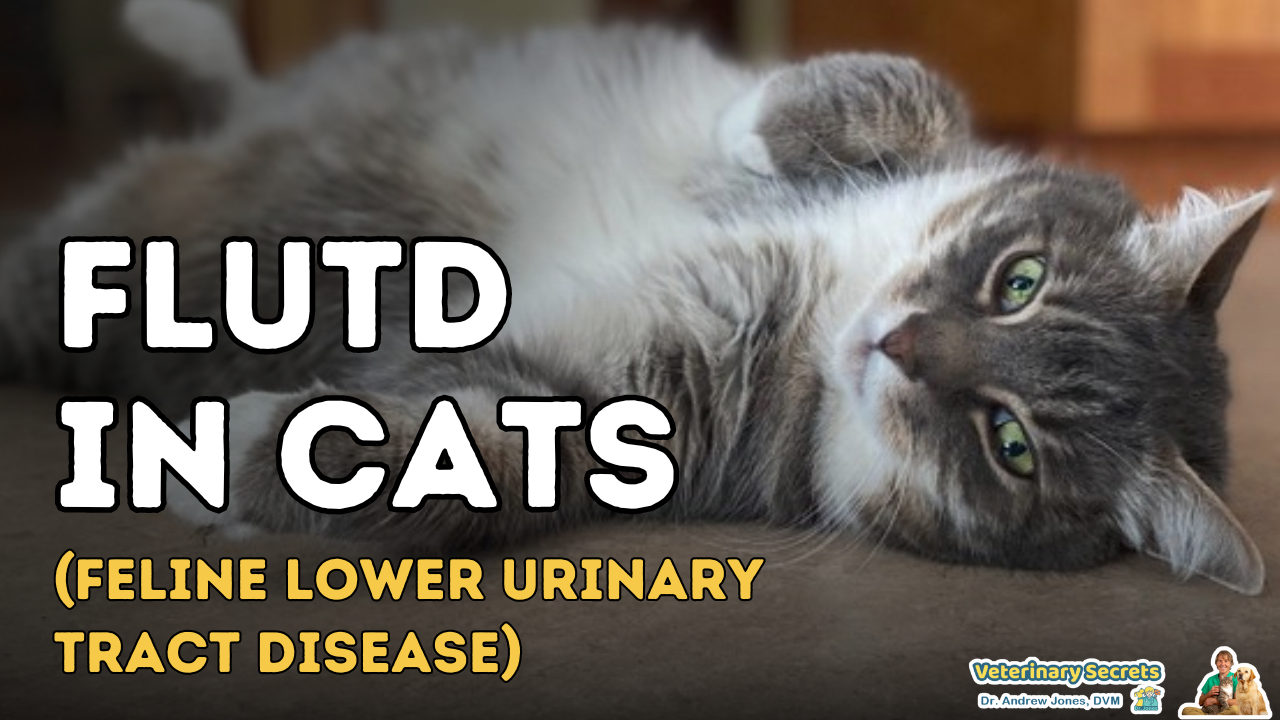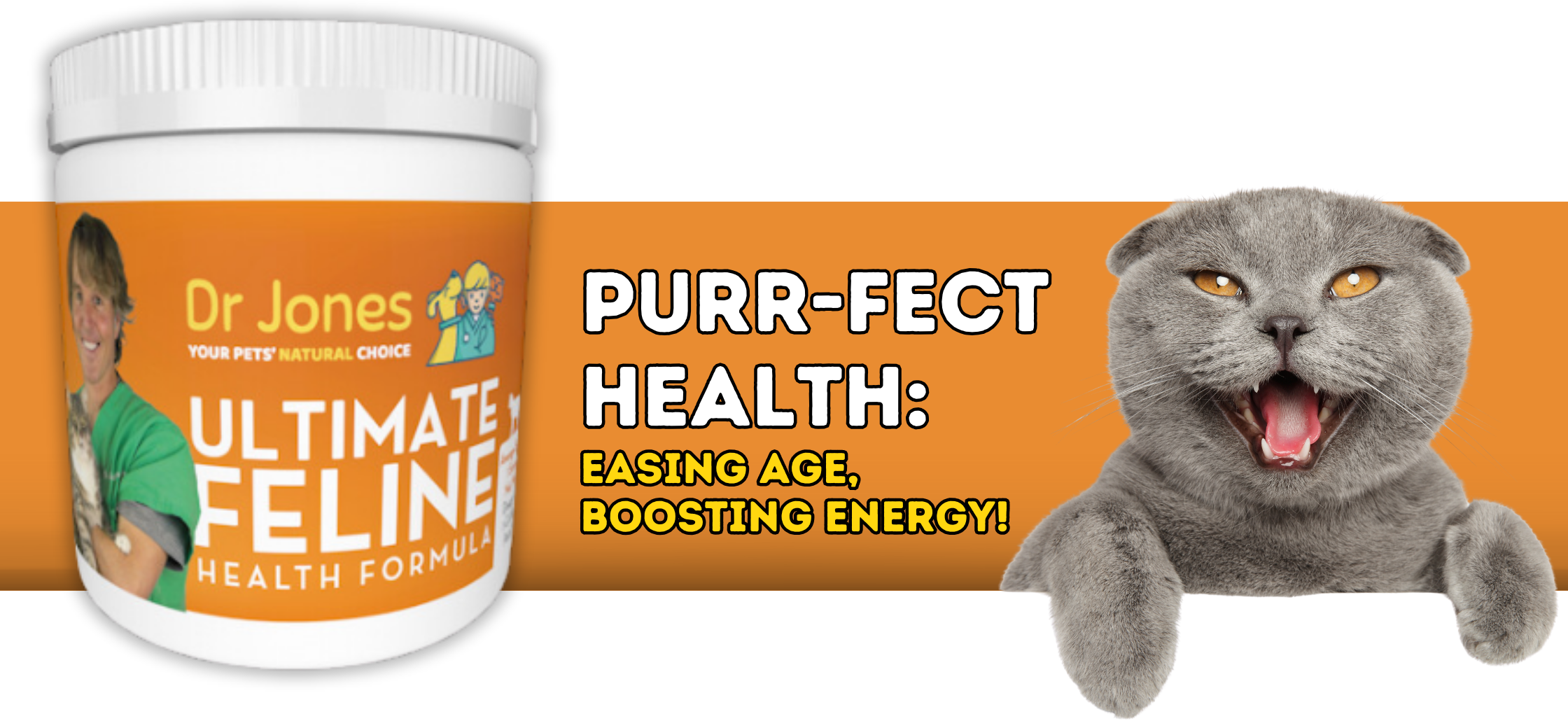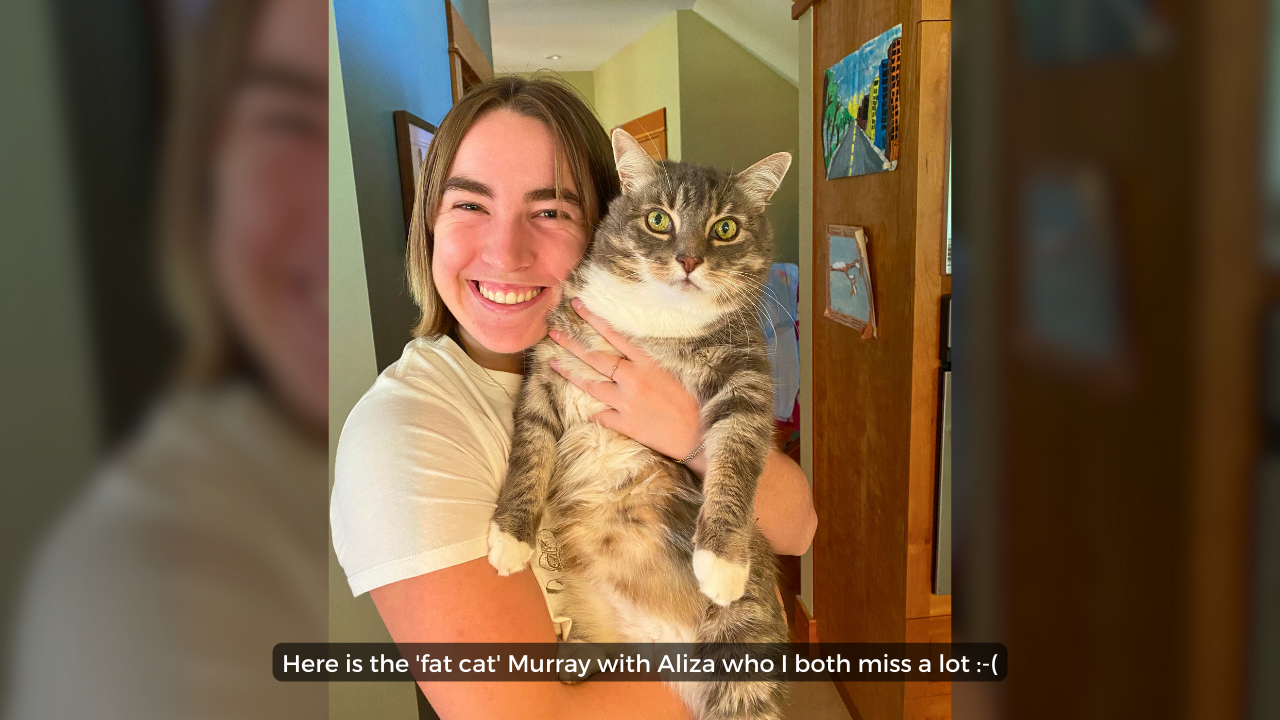5 Urgent Signs of a Cat Health Red Flag: UTI Natural Remedies

One of the ways to potentially help your cat is by giving ingredients that can help decrease bladder inflammation, and help re-build the bladder wall lining.
My supplement ULTIMATE Feline [https://shop.veterinarysecrets.com/supplements/ultimate-feline-health-formula.html]has both Glucosamine and Chondroitin, which have been shown to help with FLUTD
Seems like a good idea to be on this…
It’s available here:


FLUTD (Feline Lower Urinary Tract Disease)
Your cat will be frequently urinating, straining to urinate, has bladder pain, he or she may excessively lick their genitals, and there is blood in the urine. Sometimes they will urinate outside their litter box
The disease is so named (idiopathic) because we don’t really know the underlying cause. There is marked inflammation of the bladder; the bladder lining is thickened, and the result is blood in the urine.
Some are related to diet, there may be bacteria/viruses that affect the bladder, the immune system may over-react and attack the lining of the bladder, or it can simply be a response to stress, such as having another cat or not letting your cat go outside.
WATER
“Water" is the most important word when considering urinary tract health.
Feeding a water-rich, low mineral, diet of canned or homemade food is criticalfor urinary tract health. Feeding dry (water-depleted) food contributes significantly to urinary tract diseases.
Cats on canned food have been shown to consume at least double the amount of total water when compared to dry food-fed cats when all sources of water (food and water bowl) are considered.
This results in approximately double the amount of urine flowing through the bladder.
Think of canned food as not only a proper diet for an obligate carnivore – this is the healthiest wayto keep your cat’s bladder flushed out and ‘happy.’
URINARY INFLAMMATION, NOT BACTERIAL INFECTION
Urinary tract infections are significantly over-diagnosed leading to antibiotic abuse.
Cases of sterile (non-infectious) cystitis (inflammed bladder wall) are far more common than infections.
Cystitis, also known as Interstitial Cystitis, refers to inflammation of the bladder wall leading to painful, frequent voiding of small amounts of urine. This is one reason why clumping (scoopable) litters should be used. Scoopable litters will enable the feline caregiver to keep track of the size of the urine clumps to see if they are smaller than usual, as well as the number of urine clumps to determine if the cat is urinating more frequently than usual.
The presence of blood in the urine does NOT necessarily mean that an infection is present.
Cystitis can be a very painful condition! The patient will often start to associate the litter box with his/her pain. This can lead to litter box aversion which causes the patient to urinate elsewhere. In these cases, there may be fewer urine balls in the litter box than usual.
Important: These cats need pain medication such as buprenorphine (Buprenex), or CBD
We also know that 99% of cystitis cases in otherwise-healthy patients are *not* due to a bladder infection – contrary to popular belief. The erroneous belief that cystitis is always secondary to an infection leads to the rampant abuse of antibiotics.
CRYSTALS
Crystals are very commonly erroneously diagnosedand over-treated with so-called “prescription" diets.
Crystals are not thought to be a significant cause of cystitis. This is another very common misconception among both lay people and veterinarians leading to, in many cases, inappropriate usage of acidifying prescription diets which can potentially lead to calcium oxalate stones and exacerbate the bladder inflammation.
The ‘urinary tract formulas’
Unfortunately, in trying to ‘fix’ a cat’s unnatural alkaline urinary pH – caused by human greed in the first place – pet food manufacturers created even more problems by adding urinary acidifiers in the form of dl methionine, etc., which led to the formation of calcium oxalate (CaO) crystals/stones in many cats.
Suddenly, there were far more patients suffering with CaO crystals/stones than there were patients with struvite crystals/stones.
Dr Lisa Pierson of catinfo.org
“I do not use use ‘prescription’ diets except in rare cases… They are expensive and contain low quality, species-inappropriate ingredients, and are not necessary in most cases of feline urinary tract disease.
I only consider the temporary use of Hill’s canned s/d if I know that the patient has urinary tract stones (“uroliths"), or a large amount of crystals – with a high index of suspicion for them being struvite versus calcium oxalate (CaO)."
PHOSPHORUS
Phosphorusis a general indicator of the calcium and magnesium load of the diet. If a diet is low in phosphorus, chances are it is also fairly low in calcium and magnesium since all of those minerals are high in bone material and if a diet is low in phosphorus, it is probably low in bone matter.
Note that fish tends to be high in phosphorus because fish comes with its own bones so stay away from fish.
It is also important to note that diet is not the only factor involved in determining urine pH. The timing of the cat’s meals is also a factor. ‘Post-prandial alkaline tide’ refers to the fact that urine pH will become more alkaline after eating a large meal.
IF cats eat multiple small meals throughout the day … it will help keep the pH in a normal range. Small cats in the wild eat 8-10 small meals per day.
WHAT SHOULD YOU DO?
NATURAL SOLUTIONS
- SEE YOUR VETERINARIAN – If your cat is straining to urinate and not producing any urine, it is imperative to have him examined immediately. He may be blocked with a bladder stone in which case he would need emergency care. It is a good idea to have urine checked for any urinary tract problems; you are then able to use the appropriate remedy knowing what the specific problem is.
- CANNED FOOD – For most cats, ANY type of ‘quality’ canned food will be helpful, NOT just the ‘veterinary’ foods. The high protein produces a slightly acidic urine, and the canned food dramatically increases fluid to flush the bladder.
- SUBCUTANEOUS FLUIDS – This involves putting a small amount of IV fluids under your cat’s skin, typically between the shoulder blades. I had many clients do this in veterinary practice, and it is very easy to learn (also we have a video on the Youtube Channel!) In some cases this is ALL that is needed. The act of adding in fluids and stretching the bladder provides pain relief, and the additional fluid flushes out all the inflammatory cells.
- NATURAL HORMONE – Pheromones in the facial glands convey messages of peace and contentment. Cats will not spray if they are feeling happy. A product called Feliway, available from your veterinarian, contains these facial pheromones. This can be sprayed on your cat and on the areas he has sprayed twice daily for 3-4 weeks.
- L-THEANINE – The amino acid in Green Tea, L-theanine has been shown to decrease anxiety, so can also be very helpful for cats with FLUTD. The cat dose is ½ tab (25mg) twice daily
- Cannabidiol (CBD) – The non-psychoactive part of cannabis plant, CBD, has been shown to decrease anxiety AND help for pain, so can also be very helpful for cats with FLUTD. The cat dose is 3mg/10lbs daily (1 drop/day of my supplement).

Dr. Jones’ Ultimate CBD Formula is a liquid, available in either a 5ml (0.17fl oz), 15ml (0.5fl oz), or 30ml (1fl oz) bottle, with a medicinal quality dropper for very accurate dosage measurement. - GLUCOSAMINE AND CHONDROITIN – Glucosamine is anti-inflammatory and rebuilds the damaged bladder lining. Chondroitin helps prevent the wall from being broken. Dose being 100mg per 10lbs daily of Glucosamine, and 50mg per 10lbs daily of Chondroitin. Both are in Ultimate Feline Health Formula
Best Wishes,
Dr Andrew
P.S. There are many big takeaways from this… it’s unlikely bacterial, antibiotics should seldom be used, USE only canned, in general AVOID the prescription diets, low phosphorus is best, multiple small meals… .
P.P.S.About my cat supplement
Glucosamine and Chondroitin which may help decrease bladder inflammation… Lower phosphorus decreasing chance of crystals…
It’s here

Is there a paper copy of your book available? I’m the older generation, still find the internet more confusing than helpful… I couldn’t find anything on here about where I could get the real book, NOT E-book.??????
I’ve been rescuing cats& kittens my whole life, And became a MaineCoon breeder later in life taking this on after and with my elderly mother. So home remedies are a part of my daily life and I’ve retained much knowledge and tricks over the years. But when you need this type of info…you usually need it right now. Searching the internet most times for me doesn’t get much or the needed results.a book with an index and glossary are more my speed.
Thank you for all you do and share with us???
Melody Gast 1-386-801-9566
My website is down right now, I have to wait for my granddaughter to visit to help me fix it. But I put it on there anyway.
Here is the link for Dr. Jones’ e-book:
https://veterinarysecrets.com/drjonesnhdogscats_0xC4r0OI1
I printed the book and put it in a binder, so I have both a digital and a hard copy.